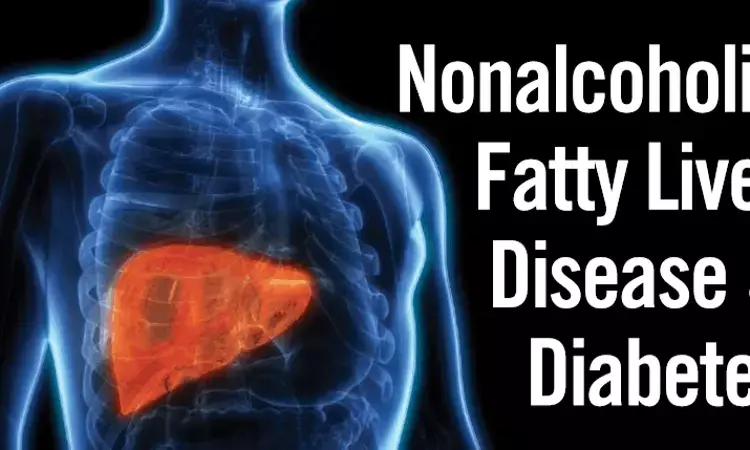- Home
- Medical news & Guidelines
- Anesthesiology
- Cardiology and CTVS
- Critical Care
- Dentistry
- Dermatology
- Diabetes and Endocrinology
- ENT
- Gastroenterology
- Medicine
- Nephrology
- Neurology
- Obstretics-Gynaecology
- Oncology
- Ophthalmology
- Orthopaedics
- Pediatrics-Neonatology
- Psychiatry
- Pulmonology
- Radiology
- Surgery
- Urology
- Laboratory Medicine
- Diet
- Nursing
- Paramedical
- Physiotherapy
- Health news
- Fact Check
- Bone Health Fact Check
- Brain Health Fact Check
- Cancer Related Fact Check
- Child Care Fact Check
- Dental and oral health fact check
- Diabetes and metabolic health fact check
- Diet and Nutrition Fact Check
- Eye and ENT Care Fact Check
- Fitness fact check
- Gut health fact check
- Heart health fact check
- Kidney health fact check
- Medical education fact check
- Men's health fact check
- Respiratory fact check
- Skin and hair care fact check
- Vaccine and Immunization fact check
- Women's health fact check
- AYUSH
- State News
- Andaman and Nicobar Islands
- Andhra Pradesh
- Arunachal Pradesh
- Assam
- Bihar
- Chandigarh
- Chattisgarh
- Dadra and Nagar Haveli
- Daman and Diu
- Delhi
- Goa
- Gujarat
- Haryana
- Himachal Pradesh
- Jammu & Kashmir
- Jharkhand
- Karnataka
- Kerala
- Ladakh
- Lakshadweep
- Madhya Pradesh
- Maharashtra
- Manipur
- Meghalaya
- Mizoram
- Nagaland
- Odisha
- Puducherry
- Punjab
- Rajasthan
- Sikkim
- Tamil Nadu
- Telangana
- Tripura
- Uttar Pradesh
- Uttrakhand
- West Bengal
- Medical Education
- Industry
Low- dose Pioglitazone improves NAFLD in type 2 diabetes: Study

Complete 1-year treatment with low- dosage pioglitazone shows significant improvement in non-alcoholic fatty liver disease independent of glycaemic control level, suggests a study published in the Diabetes Research and Clinical Practice.
Non-Alcoholic Fatty Liver Disease (NAFLD) and type 2 diabetes have similar pathophysiological mechanisms and potential treatment methods.
A study was performed by Pepa G et. al to assess the effects of 1-year treatment with pioglitazone or sulphonylureas on indirect indices of NAFLD in patients with type-2 diabetes and the role of insulin resistance as well as glucotoxicity in determining these effects.
The researchers selected a total of 195 type-2 diabetes patients belonging to the age group of 50-75 years, with inadequately controlled blood sugar levels and receiving metformin 2 g/day. All the participants were randomly allocated to either add-on pioglitazone (n=98) or sulphonylureas (n=97) within the TOSCA.IT trial.
Plasma insulin, glucose, and liver enzymes were measured at baseline and after 1-year. Indirect indices of NAFLD (Liver Fat Equation [LFE], Hepatic Steatosis Index [HSI], and Index of NASH [ION]), and insulin resistance (HOMA-IR, Visceral Adiposity Index [VAI] and adipose tissue Insulin Resistance [ADIPO-IR]) were calculated.
The findings of the study are as follows:
· NAFLD indices improved after pioglitazone, but not after sulphonylureas; Indices of insulin resistance decreased after pioglitazone, but not after sulphonylureas.
· Changes in NAFLD indices were similar with different doses of pioglitazone (15, 30, or 45 mg/day), and were independent of blood glucose control level.
The researchers concluded that one-year treatment with pioglitazone even at low dosage drastically improved liver steatosis, inflammation, systemic and adipose tissue insulin resistance in patients with type-2 diabetes. Also, the beneficial effects of pioglitazone on NAFLD was independent of blood glucose control level.
Reference:
A study titled, "Pioglitazone even at low dosage improves NAFLD in type 2 diabetes: clinical and pathophysiological insights from a subgroup of the TOSCA.IT randomized trial" by Pepa G et. al published in the Diabetes Research and Clinical Practice
DOI: https://doi.org/10.1016/j.diabres.2021.108984
Dr. Shravani Dali has completed her BDS from Pravara institute of medical sciences, loni. Following which she extensively worked in the healthcare sector for 2+ years. She has been actively involved in writing blogs in field of health and wellness. Currently she is pursuing her Masters of public health-health administration from Tata institute of social sciences. She can be contacted at editorial@medicaldialogues.in.
Dr Kamal Kant Kohli-MBBS, DTCD- a chest specialist with more than 30 years of practice and a flair for writing clinical articles, Dr Kamal Kant Kohli joined Medical Dialogues as a Chief Editor of Medical News. Besides writing articles, as an editor, he proofreads and verifies all the medical content published on Medical Dialogues including those coming from journals, studies,medical conferences,guidelines etc. Email: drkohli@medicaldialogues.in. Contact no. 011-43720751


